Best way to send large files via Email [Easy Guide]
4 min. read
Updated on
Read our disclosure page to find out how can you help Windows Report sustain the editorial team. Read more
Key notes
- Emails are an essential communication tool, used worldwide, for both personal and professional purposes.
- There are size limitations to how large email attachments can be and in this article, we will explore some easy workarounds.
- Don’t hesitate to visit our File Opener Hub for more related tips and tricks to apply.
- Check out our Email Hub for in-depth guidance on various issues regarding email accounts.
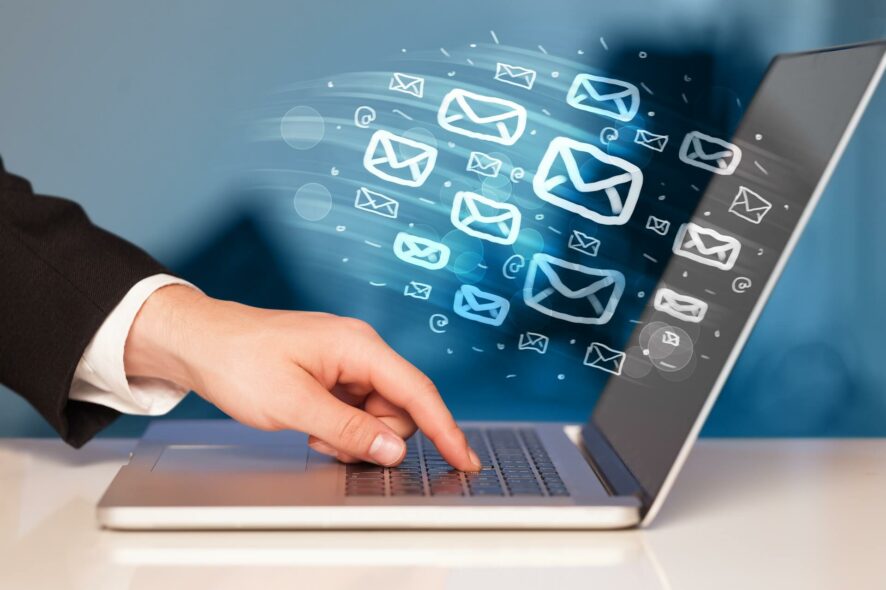
Sending files over email is a pretty simple and straight process, except when the files or folders we are trying to send exceed the size limit accepted.
Depending on your email client account, you may have noticed there are some limitations in regard to how big the files you want to send can be.
If you are using Gmail then you have seen for sure that you can only send messages up to 25 MB, including the message’s text, while the size limit in Outlook is 10 MB.
With all these limitations there are still plenty of ways that will allow you to send large files over email. in this article we will explore each, so keep reading.
How can I send a large file through email?
1.Use a third party software
When it comes to sending large files over email, the best way to do this is by using a file compression process.
This kind of tool will compress your files and reduce their size without compromising on quality. If you have multiple files to send, then just use the compression program to fit them in your email.
Using the tool is fairly simple. All you need to do is go to the file you need to compress, or folder if there is more than one, right-click and reduce your files.
What will happen next is that your file will be compressed and you will be able to send it over email without getting the error message, stating that the file is too big.
If you are working with Dropbox, OneDrive, GoogleDrive then we have great news for you. Using the right tool, you can surely integrate these cloud storage apps and backup your data on the cloud.
That being said, you can efficiently manage large files using the best file compression tools for Windows PCs.
2. Upload your files to a cloud storage service
One of the easiest and most popular methods for sending large files over email is using a cloud storage system, such as Google Drive, Dropbox, or Microsoft OneDrive.
Depending on your email provider you will have one of these cloud storages system integrated. For example, if you are using Gmail then GoogleDrive is the cloud storage you can use. For Outlook the corresponding cloud system storage is OneDrive.
Every time you will try to send an attachment within Gmail, you’ll rapidly see the integrated GoogleDrive button. All you need to do is press it, chose which file you want to send, and then send it like a normal attachment.
If you’re sending an attachment within a provider like Gmail, you’ll see the Google Drive button already integrated. Simply press it, choose your file, and then send it like a regular attachment.
If you are using Dropbox, then you will be able to share the file from the website. Locate the file you want to send, right-click on it and then select the Share link.
3. Use a free online service
There are many available services that allow you to send large files, such as WeTransfer or Jumpshare.
Sending your files using the web-based option is very simple and usually, all you need to do is access the website you want to use and simply upload your file there.
You’ll have to type your email address and the recipient email as well and then you will be provided with a link to share the files.
There’s no need to create an account on the website in order to use it and you can upload for free, files up to 2 GB.
Perhaps one of the most important factors when choosing which method to use is how much time does it take in your emailing process.
The recipient doesn’t need to have an account created on the website in order to download the files. They will receive the link over the email address you indicated, and all they need to do is click on the link.
If you are sending over sensitive files make sure to check out the website security policy just as a safety precaution.
As you can see there are several ways you can use to send large files over email. Choosing one method over the other depends on how comfortable you feel with the process and how much time you need to invest.
If you have other additional suggestions or recommendations, please let us know in the comments section below.

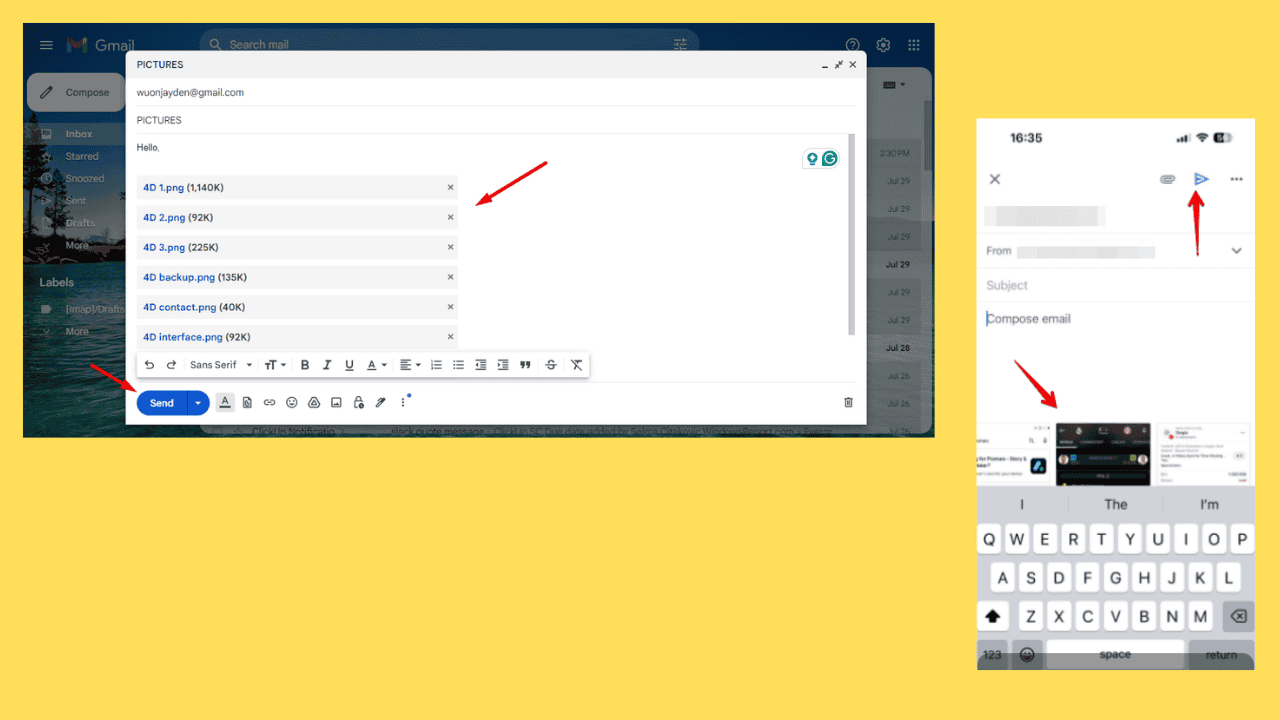
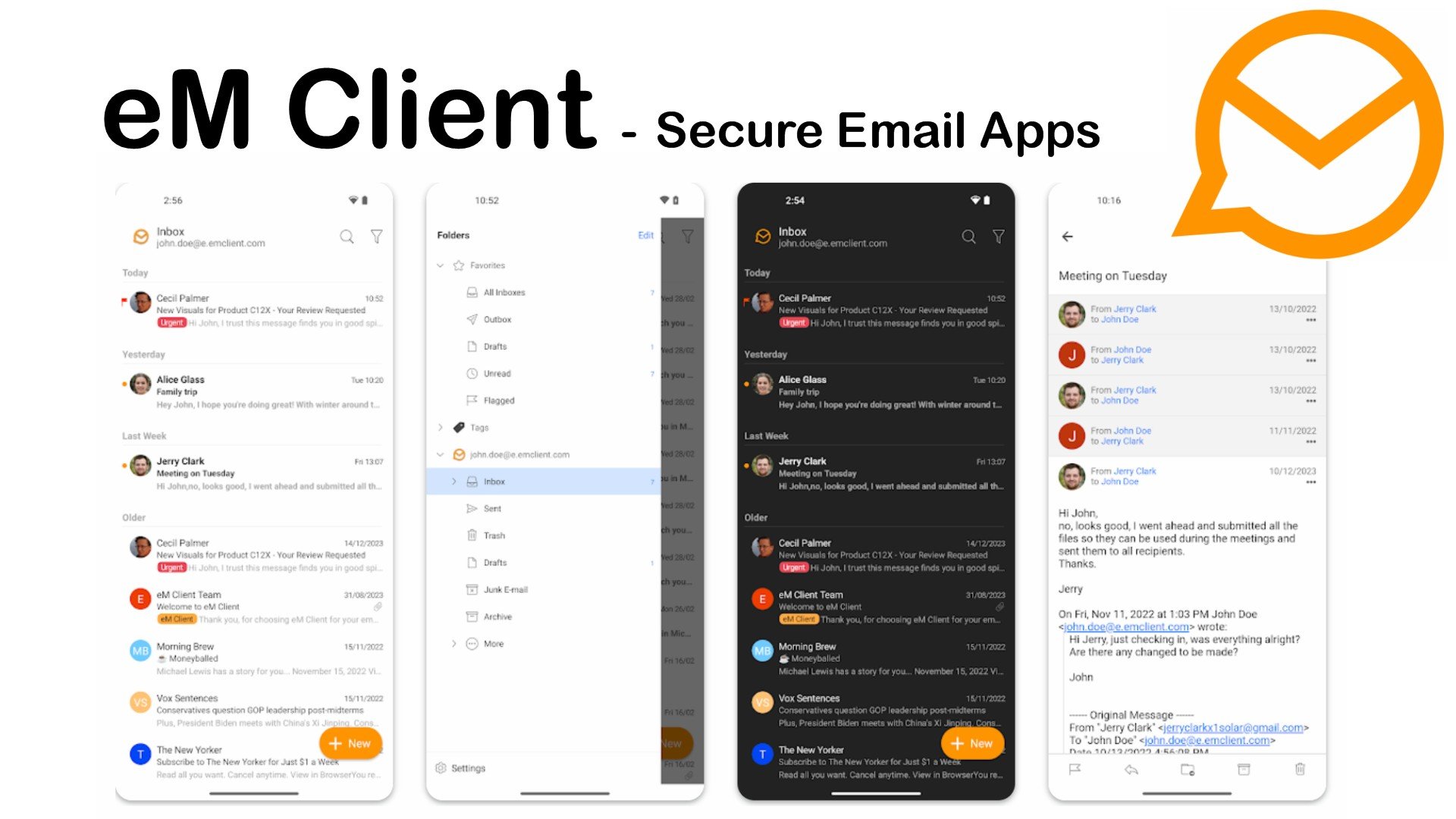
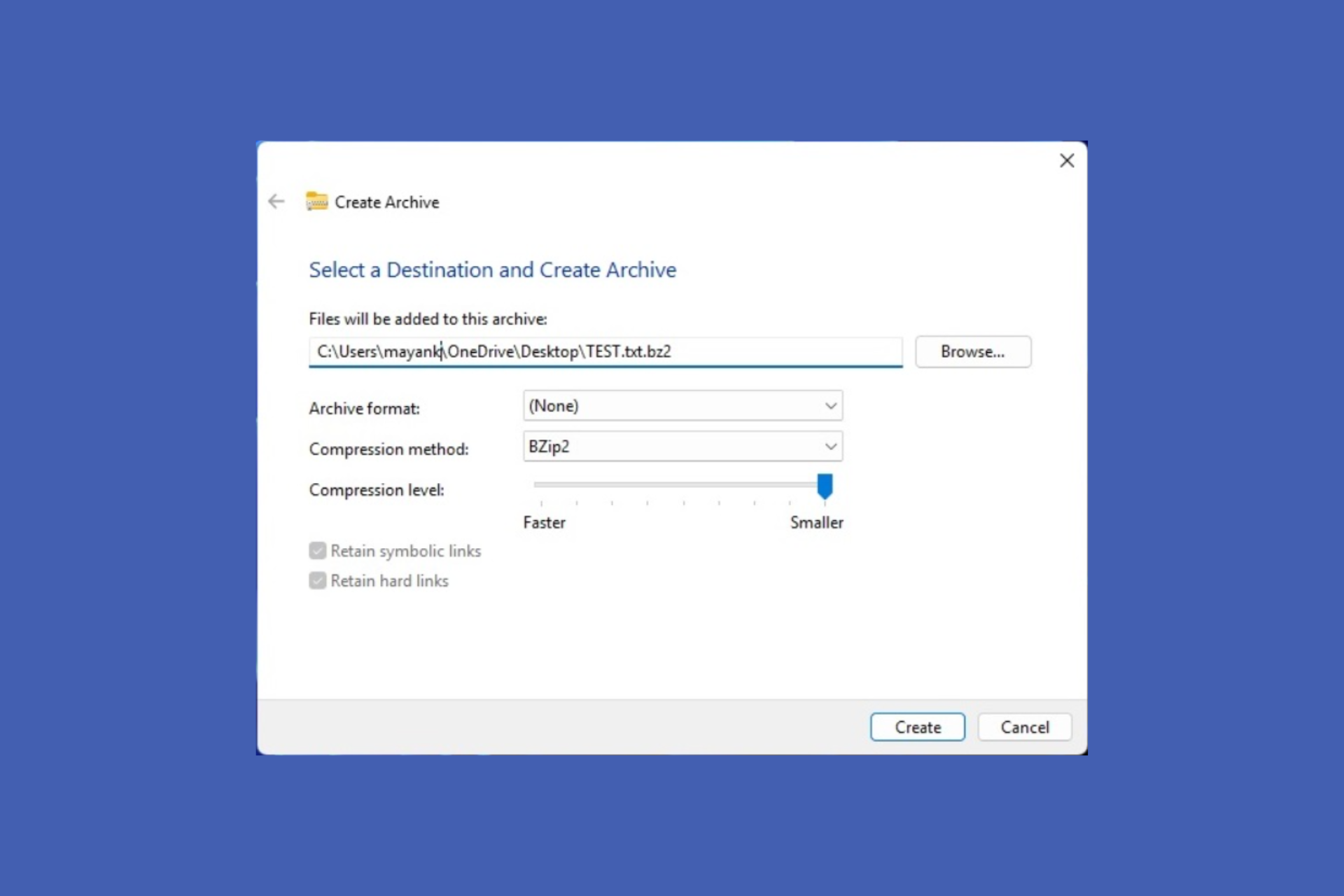
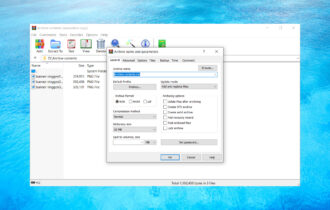
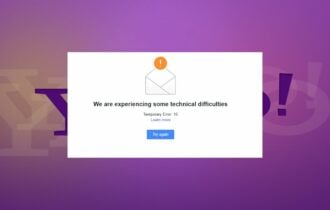

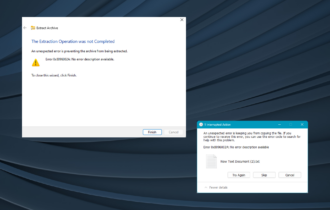
User forum
0 messages